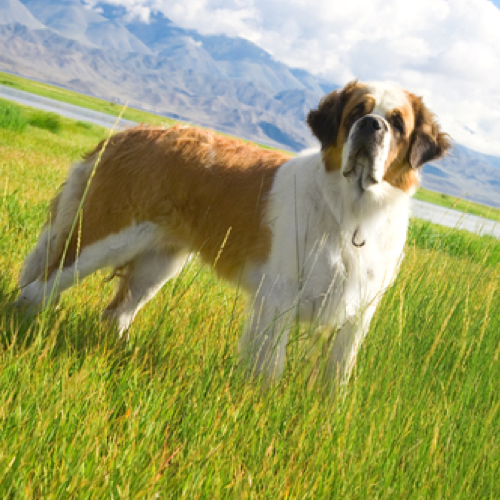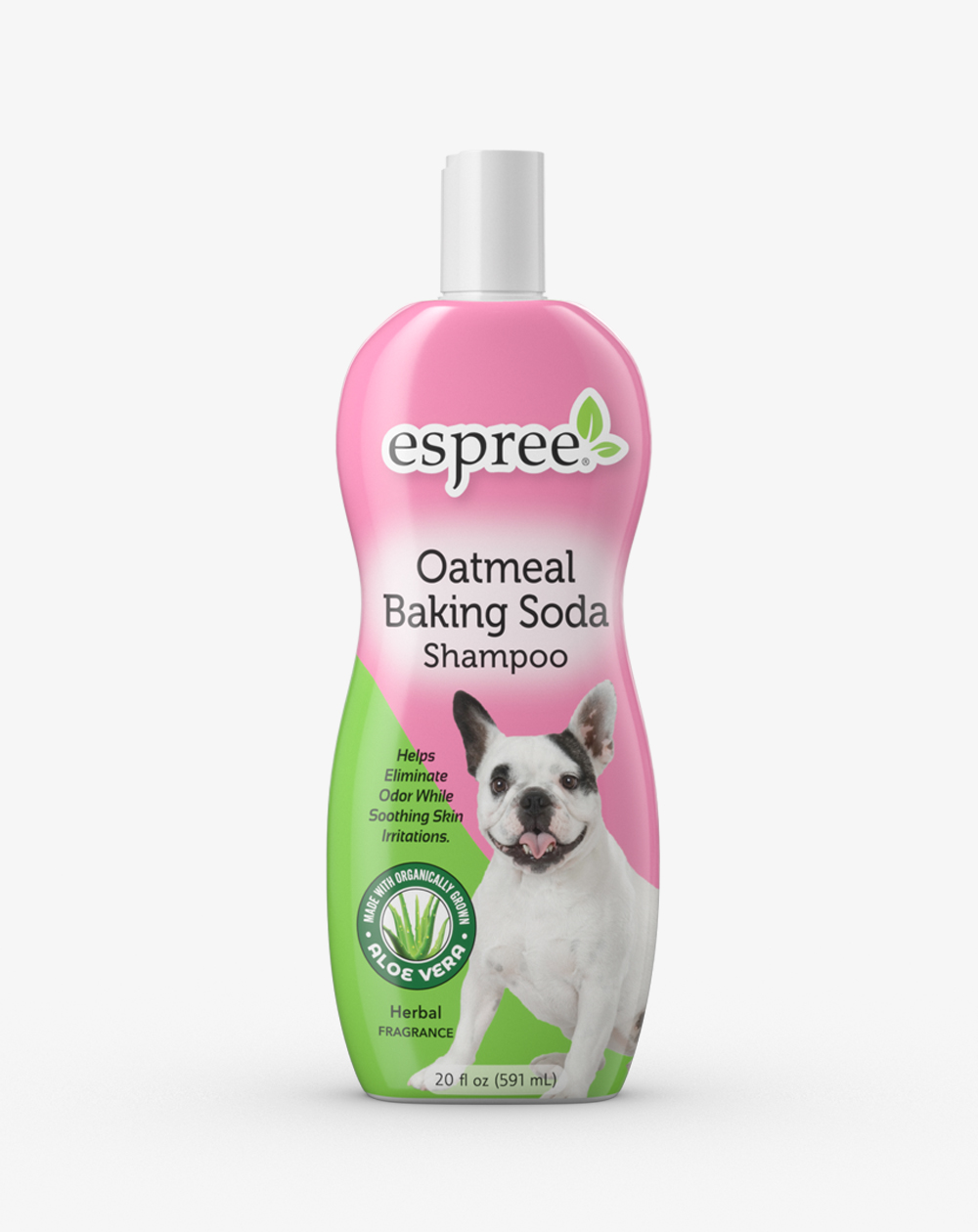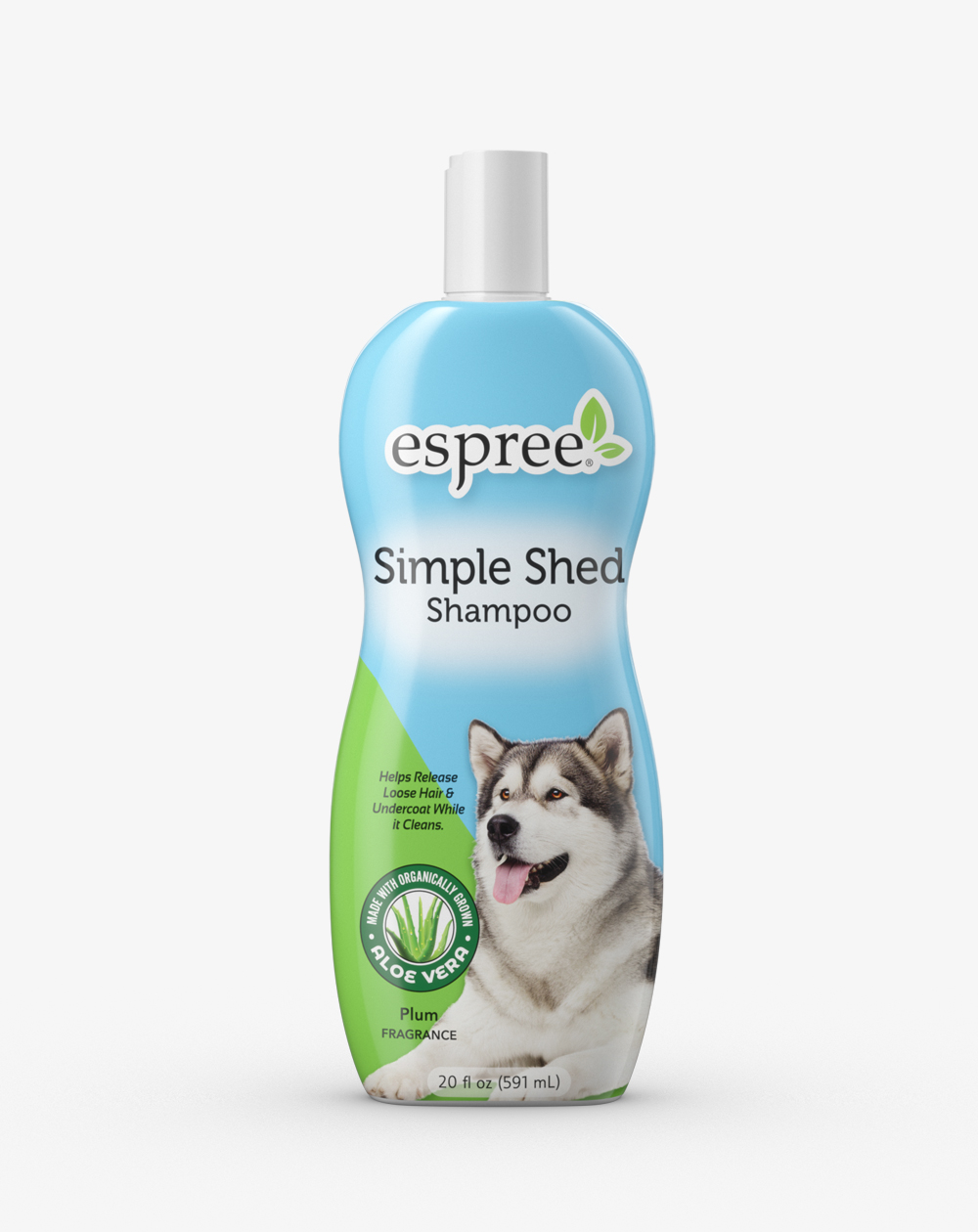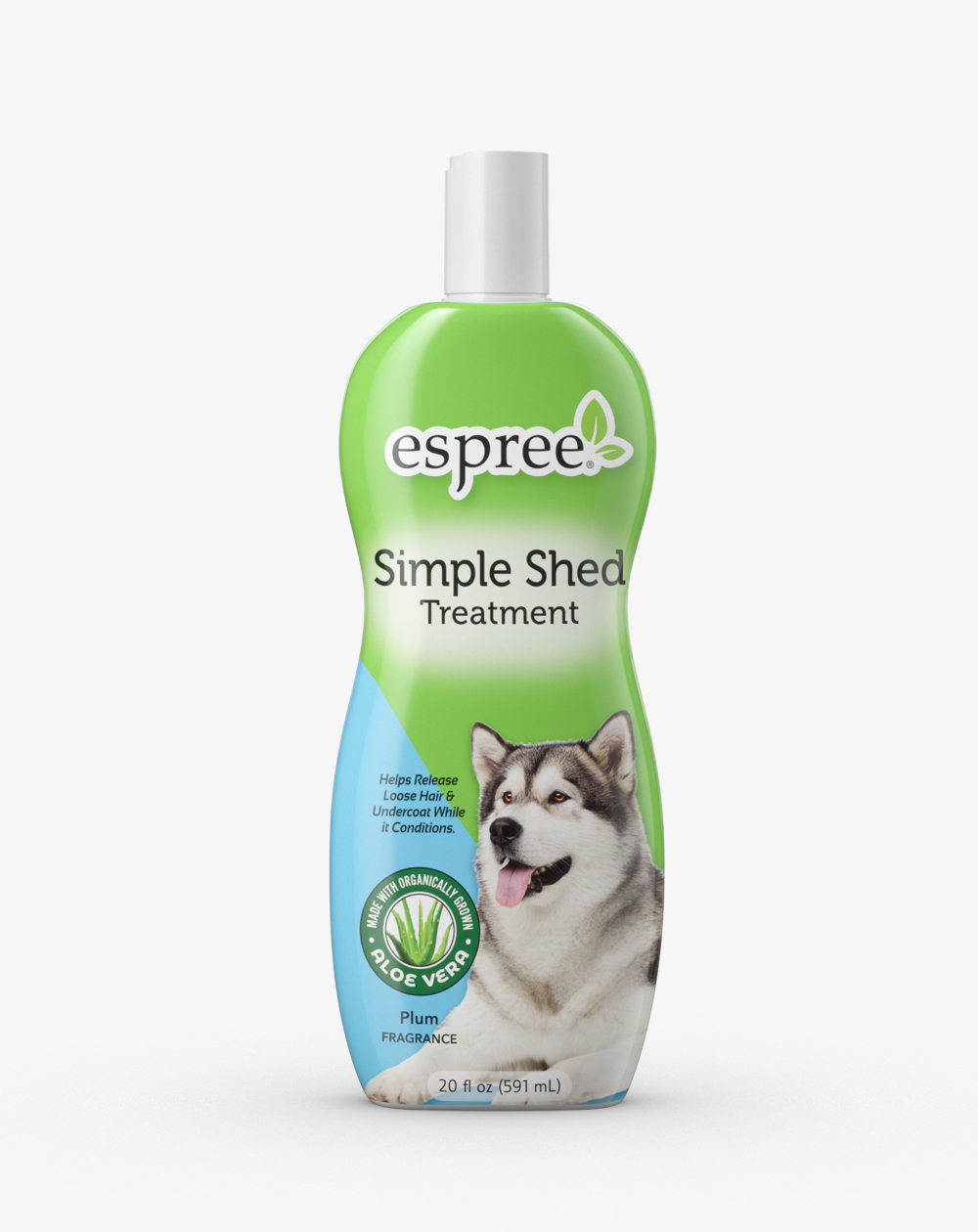
St. Bernard
Originally used to locate freezing and helpless travelers during snowstorms, the Saint Bernard now uses his intelligence and strength in conformation and obedience competitions, cart pulling and weight pulling. Although powerful and muscular in build, Saints possess a gentle and dignified temperament. Their coats can be long or short and range in color from deep brown to brown-yellow. White markings are required.
Breed Profile
Both long-haired and short-haired Saint Bernard’s shed and need regular grooming. New owners should be prepared for drool – there is no such thing as a dry mouth Saint. This breed makes wonderful family companions with obedience training and daily exercise, but due to their larger size, may do better living in the country or suburbs.
Grooming
The Saint Bernard does require routine bathing and brushing. This good-natured dog can be bathed as frequently as weekly up to no longer than every 8 weeks depending on his activity level. With this heavy, combination coat, proper bathing and drying techniques lay the groundwork for achieving a beautiful coat and healthy skin. Selecting the correct products to meet the dog’s needs is essential to achieve optimal results. When the coat is dirty, the hair shaft becomes rough and eventually breaks down, which can lead to the coat becoming damaged. This coat needs to be brushed weekly in order to prevent the dog from becoming matted and tangled. Lack of maintenance can contribute to the formation of the cobweb matting that forms close to the skin. This type of matting if left unattended can lead to the development of numerous skin issues. Therefore, keeping the coat clean and healthy is of utmost importance in order to maintain the abundant thick coat.
Before the bath, take a few minutes to take a high-velocity dryer over the coat to loosen any dirt and debris from the skin and to loosen any cobweb matting. Do not move the dryer back and forth quickly. Rather, hold the dryer in one place and slowly move it through the coat. The coat should start standing off the skin and not mat up. You might have to pull the dryer farther away from the skin to prevent it from tangling the coat. Once you have blown out any loose hair and have and lightly brushed through the dog, you are ready for the bath!
Wet the coat and apply the shampoo by squeezing it through the coat making certain you have worked it all the way through the coat down to the skin. Thorough shampooing will contribute to building a healthy, strong, and manageable coat. It is a good idea to slightly cool the water temperature down when rinsing the coat. The coat should be rinsed thoroughly making certain that all the product has been removed. Use a light conditioner to nourish and hydrate each individual strand of hair without changing the texture of the coat. Once the bath is complete, blot the coat with a towel to remove excessive moisture. Try to avoid using a circular motion to avoid any further tangling.
Blow the coat out with an HV dryer to remove excess moisture. Be sure to hold the nozzle far enough away to prevent the coat from tangling. Once the dog is completely dry, line brush, working in sections until the dog is tangle free. Go over the entire coat with your hands, to see if there are inconsistencies in the density of the coat. If so, continue to brush and comb those areas. As a final check, use a firm slicker brush throughout the coat, and little to no hair should be apparent on the brush.
Finishing the Dog: Tools and Finish Grooming
The coat should be light, shiny, and stand off the dog. Line brush until the dog is completely tangled free. A wide-toothed comb should easily glide through the coat with no resistance all the way down to the skin. Pay particular attention to the neck, chest, and hindquarter area as they can get packed with excessive coat. A healthy coat is light, airy, and has a natural shine. The standard calls for a Saint to be in a natural state. Most prefer to neaten the feet for a clean appearance and remove any stray hairs from the ears with thinning shears.
General Health Care
Prep work is the foundation of all grooming. Prep work includes ear cleaning, nail trimming, anal glands, and proper dental hygiene. Mastering these skills sets the professional pet stylist apart from the rest. Prep work should be done before every bathing and grooming appointment. All dogs need to have their ears checked and cleaned on a regular basis. Proper nail care is also very important. Long, unsightly nails are uncomfortable for the dog, as well as anyone they might jump on. Long nails also compromise the shape of the foot. Trimming the pads of the foot helps give the dog good traction on different surfaces and can minimize the amount of dirt the dog tracks into the house. It also affords the opportunity to treat and condition the paws from cracks and abrasions. Anal glands should also be checked and expressed if they are full. Some caring pet owners prefer to have the anal glands done by their veterinarian. Good dental hygiene is essential for a healthy pet as well.
Nutritional Care
In order to maintain healthy skin and coat as well as overall health, it is important to provide good nutrition to your dog through a well-balanced diet, vitamins, and healthy treats.
Do they require a lot of grooming?
Routine baths and brush outs are recommended to maintain this heavy coat.
What are the common problems in the breed?
The Saint Bernard can develop certain health problems including hip and elbow dysplasia, cardiomyopathy, cancers such as osteosarcoma (bone cancer), and gastric torsion (bloat).
Do they shed or cause allergies?
This breed is a heavy shedder and they typically blow their coat twice yearly. Consistent grooming will help keep the shedding under control.
Are they good with children?
This breed is easygoing, gentle, and patient with children if not necessarily playful.
What if I have a show dog?
Whether you have a show dog or a companion dog, the same basic care is given regarding nutrition, socialization, and hygiene. The difference is the conditioning of the dog and conformation training. It is always quite helpful if your breeder can help mentor you to lead you in the right direction upon entering the wonderful world of dog shows. A great place to start is the Saint Bernard Club of America, https://saintbernardclub.org/




